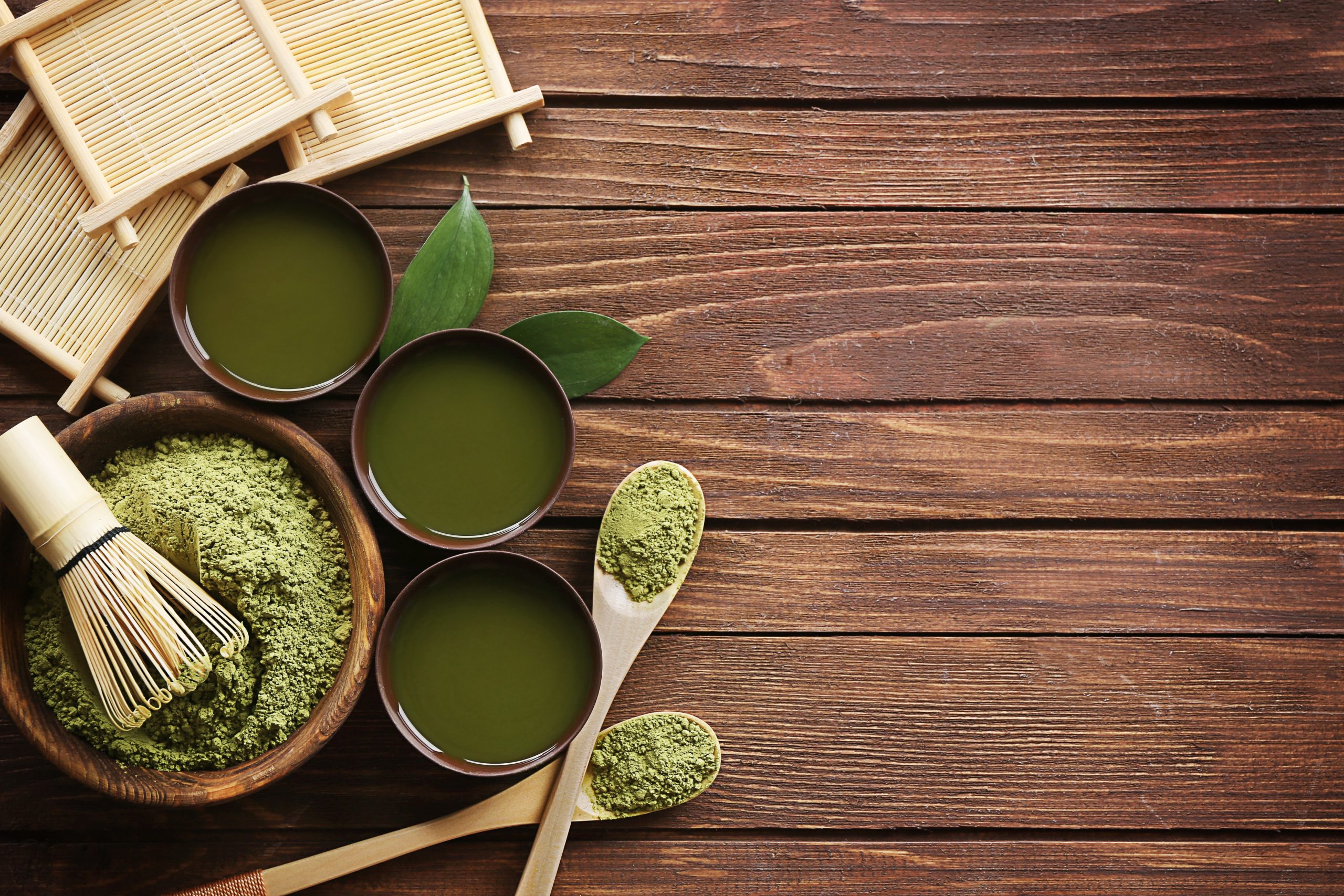
There are countless tea and coffee shops serving “ceremonial grade” matcha. Some even have pictures of Japan, and talks about how their matcha is sourced, in an attempt at legitimizing their claims. Some say that ceremonial grade matcha is sweeter and culinary grade matcha is more bitter. Sadly, all of these claims are false.
Matcha is a powdered green tea that is made from specially grown, prepared, and ground up green tea leaves. It is processed through a series of steps: planting the tea plants in plantations under twenty days of shade to block out the photosynthesis process (this brings out an amino acid, theanine, that gives matcha its signature taste) and then it is harvested, steamed, dried and then ground into its powdered state.
It is known for its relaxing, meditative qualities as well as antioxidants that protect against heart disease and cancer and anti-aging properties.
Matcha is graded on quality by a few factors: the color brightness, aroma richness, the depth of the flavor, the fineness of the powder, and so on. Traditionally it was, and still is, used for formal tea ceremonies, in Japan, in the form of thick syrup that is communally sipped from a bowl. Now, matcha is a widely enjoyed beverage regardless of grade; despite, some types of matcha being higher grade than others, they are still excellent and enjoyable nonetheless. Lower grade, ”thin matcha” is usually used for thin tea because of its weaker constitution whereas higher quality matcha is used for either very high quality thin tea or thick tea that can only be made with high quality matcha.
The “grade” of the matcha has little to do with “ceremonial” or “culinary”, but more to the umami-ness and the type of tea ceremony it is used in. Japanese tea masters carefully select different types of matcha for their tea ceremonies because it fits into a certain theme. In addition, themed wagashi desserts are also paired with the matcha, which are taken as a whole experience. So just because a matcha is bitter, does not mean it is not “ceremonial”.
The trap that most people fall into is in thinking that “ceremonial” grade matcha is good, and “culinary” grade matcha is bad. That is absolutely not the case. To see if a matcha is good, you need to know how it is raised, the farm, the farmers, the prefecture, the vendor, and the price. These are not easy to do, so many people fall back to these distinctions for ease-of-use, only to get tricked.
A good green tea anywhere would be expensive, if a shop is selling mass-produced matcha as “ceremonial” at a very low price, chances are, the term “ceremonial” is a marketing term.
Marketing terms do not require any foundation in facts. The company can say whatever they like, and since there is no such distinction between “ceremonial” and “culinary” in Japan, whatever tea a company wants to label it as “ceremonial” can be legally sold as such.
The real harm in this is that any green tea that is powdered is considered to be matcha. Companies can usually purchase low grade tea leaves from Vietnam, China, or Thailand and process them in Japan, and pass them off as authentic Japanese “ceremonial” grade matcha.
Since matcha is powdered tea leaves, you should pay close attention to the quality of these leaves. While a fine Japanese matcha gives many health benefits (since you are eating the whole leaf), the opposite is true as well. Consuming a bad leaf will damage your health.
The next time you are offered a cup of cheap matcha from a vendor, ask some questions. Be sure that you purchase matcha from a trusted Japanese vendor.
Originally published on August 14th, 2018